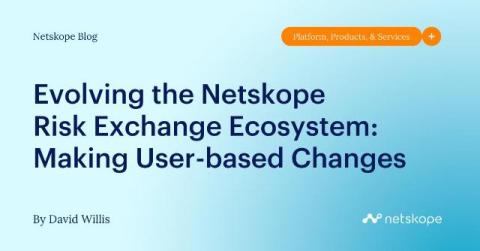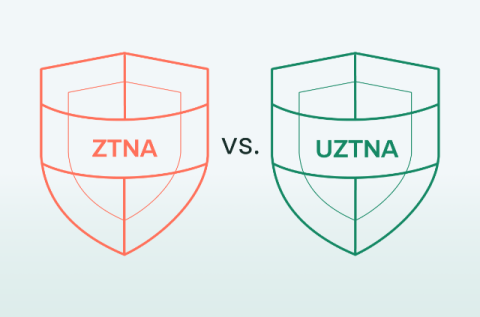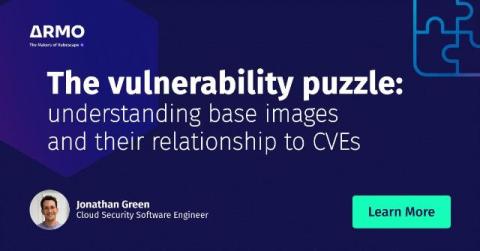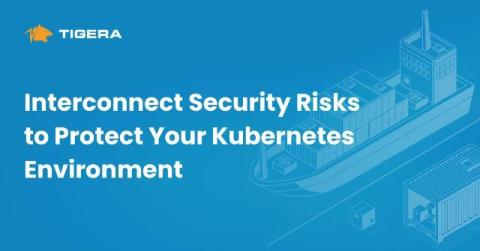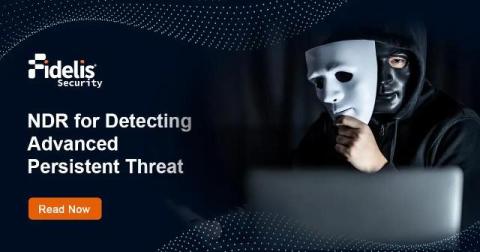Evolving the Netskope Risk Exchange Ecosystem: Making User-based Changes
Early last month, Netskope announced a few key security innovations across the Netskope One platform and some of my colleagues kicked off the conversation about Netskope Risk Exchange in a previous blog, Evolving the Netskope Risk Exchange Ecosystem. This blog series will continue to explore a number of different workflows that those comfortable using basic scripting, or enablement tools like Postman, can employ to programmatically update and inform your inline policy actions.


